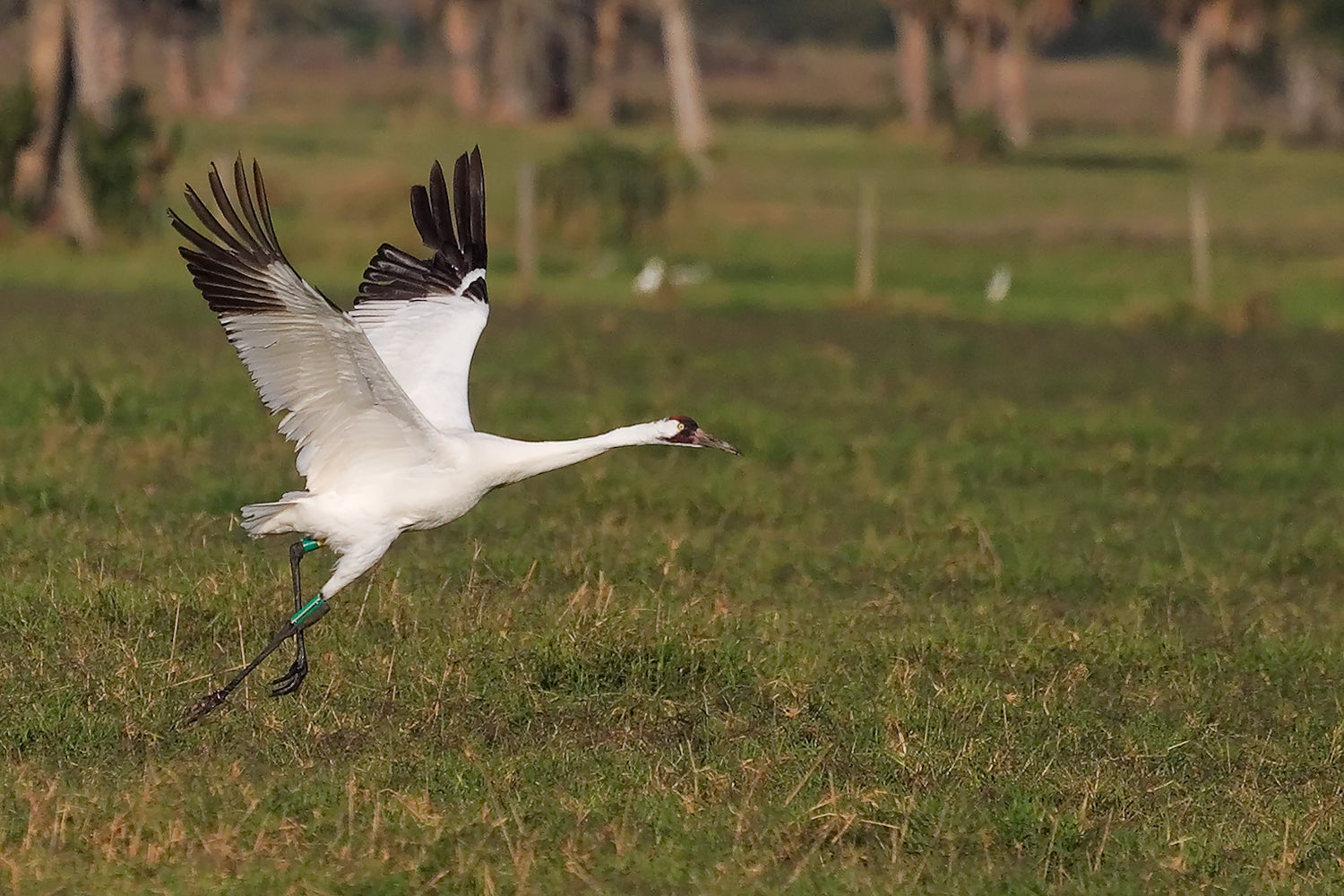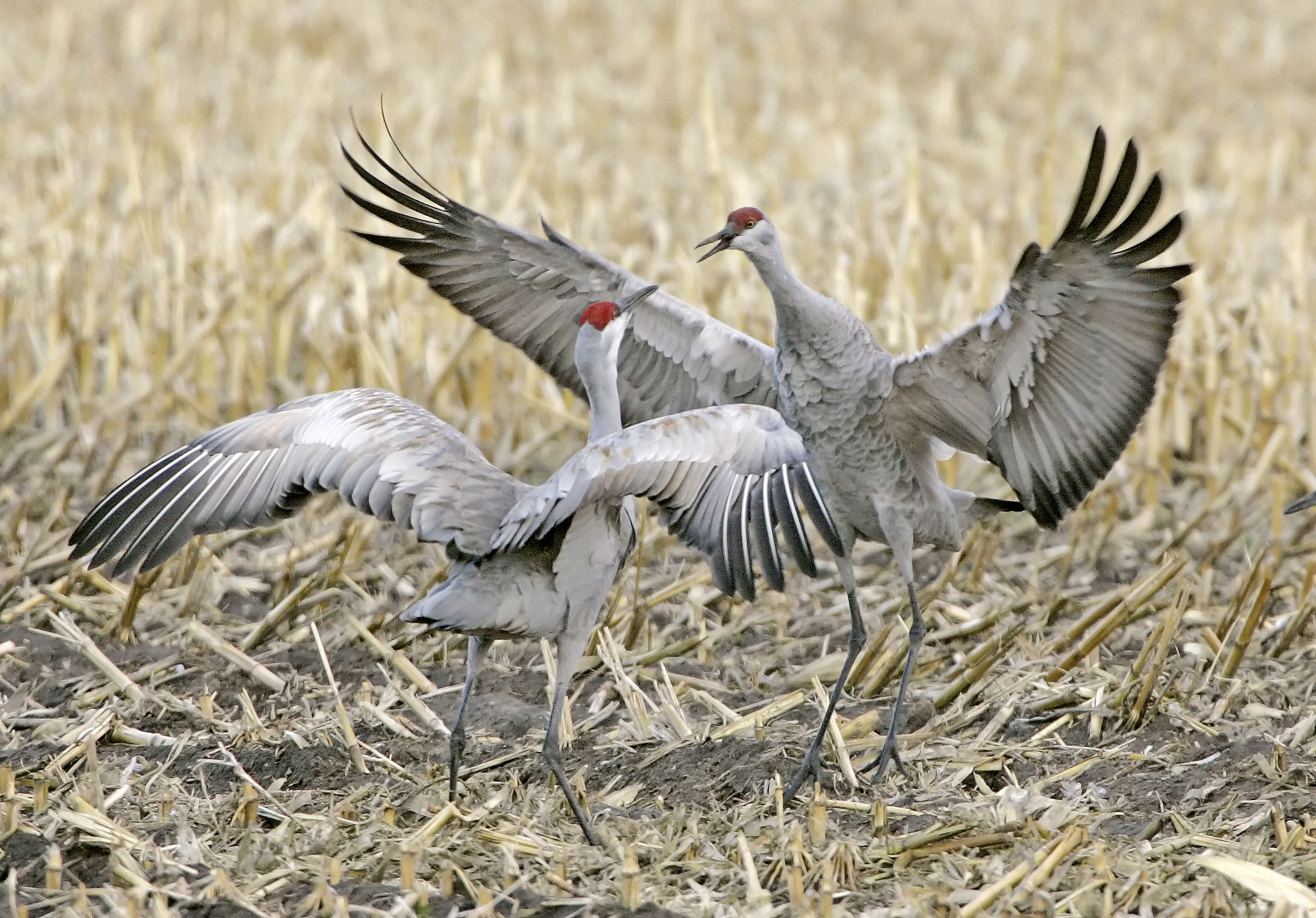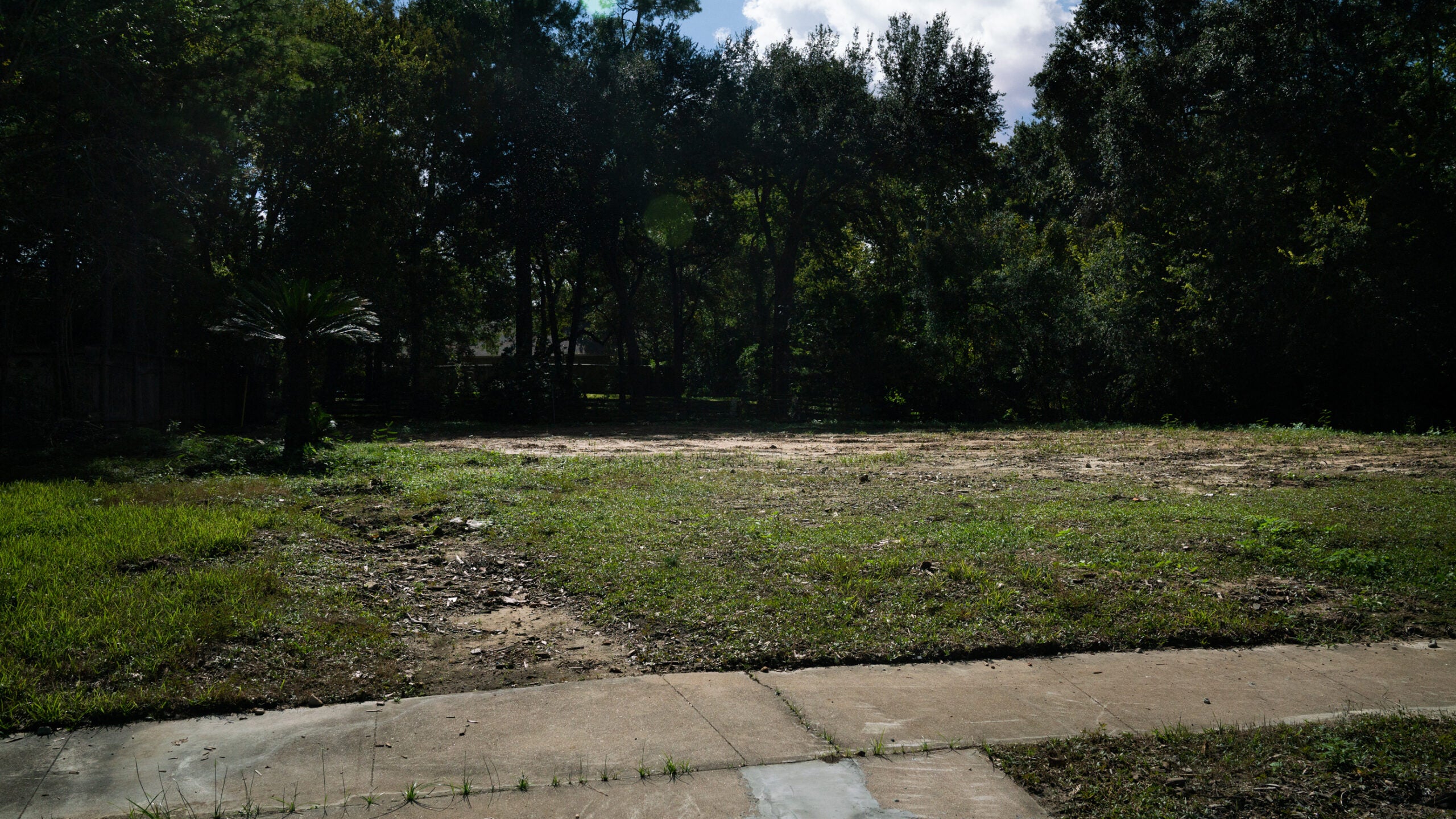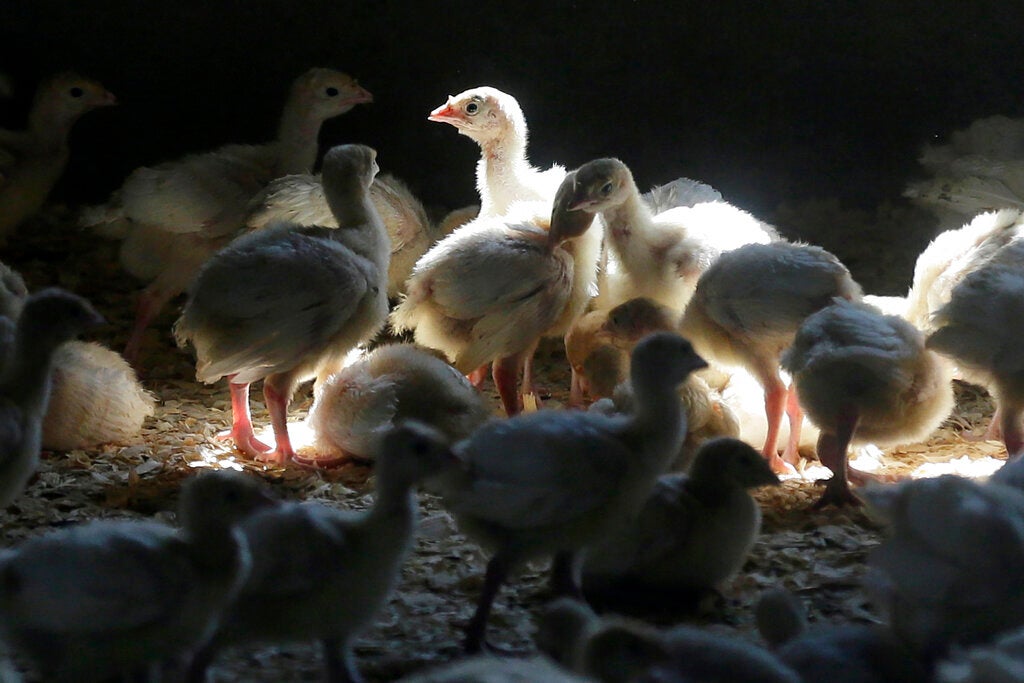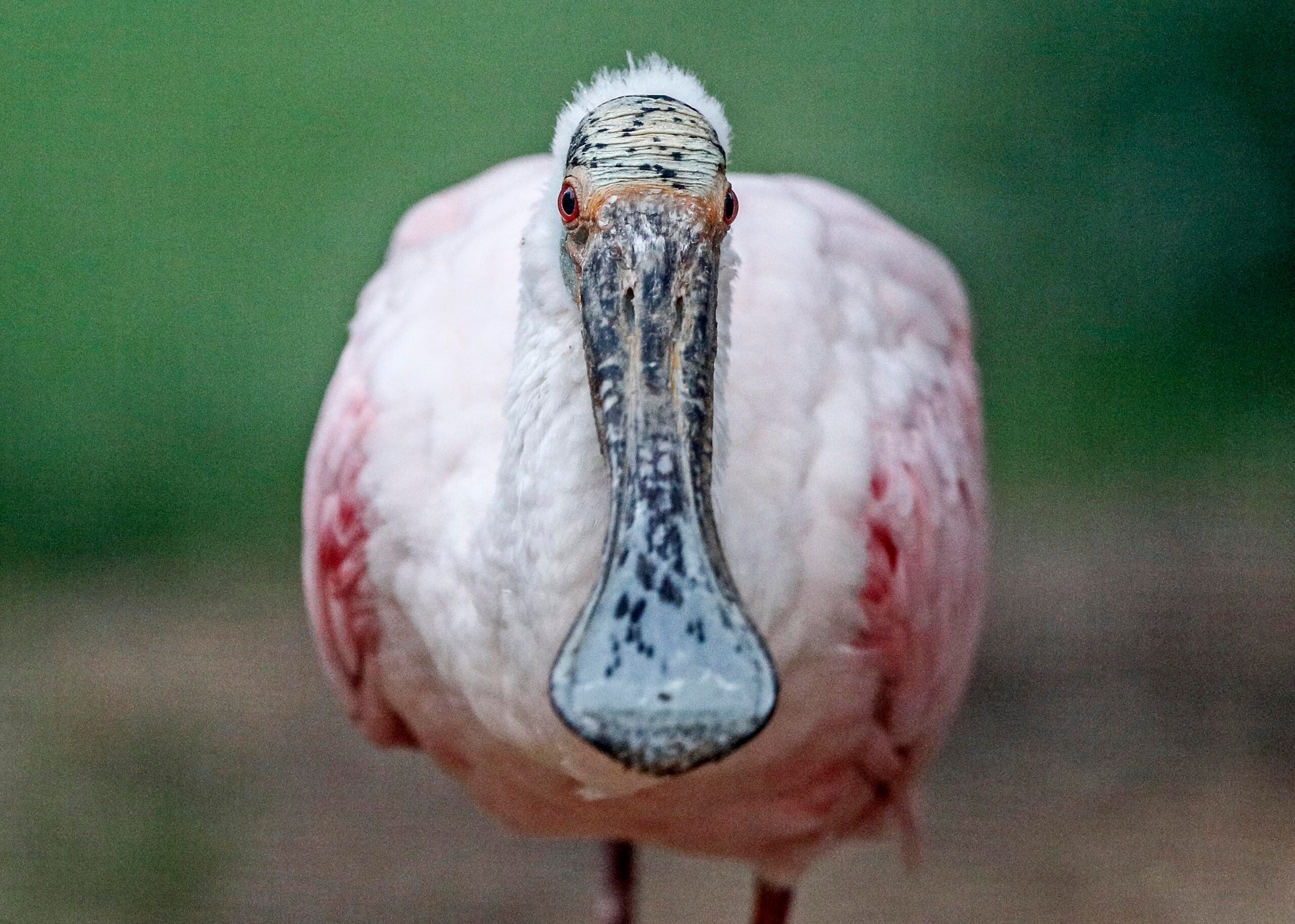Dozens of whooping cranes have returned to Wisconsin after migrating south over the winter. Wildlife officials say more of the birds did not bother going all the way to Florida.
During the nearly 12 years of the experiment to create a migrating flock of whooping cranes in the eastern United States, most of the young cranes have made their first trip south behind ultra-light aircraft, and they have gone all the way to Florida. But the Whooping Crane Eastern Partnership says as more of the cranes get older, they have been content to just fly to the mid-south. Wisconsin DNR conservation biologist Davin Lopez says that’s unlike the flock of whoopers in the west that go all the way from Canada to Texas.
“It’s kind of an anomaly. Unlike the Aransas/Wood-Buffalo population of birds, these birds have seemed to adapt to just going as far south as they need to.”
Stay informed on the latest news
Sign up for WPR’s email newsletter.
Lopez says two crane chicks that were hatched in the wild in Wisconsin last summer only migrated as far as southern Indiana, after following their parents. The young cranes are among the more than 80 whoopers already back in Wisconsin. Lopez says the potential downside of older cranes not going all the way to Florida is whether they are getting the right type and amount of food in the mid-South.
“I guess the only question that we don’t know the answer too is if they’re finding sufficient food in order to have the fat reserves they need to successfully breed and incubate an egg to term.”
Lopez says it is not the first time the cranes have surprised the humans. But this surprise is potentially significant, because getting older cranes to make little cranes in the wild remains a key hurdle for the whooping crane program.
Wisconsin Public Radio, © Copyright 2024, Board of Regents of the University of Wisconsin System and Wisconsin Educational Communications Board.

